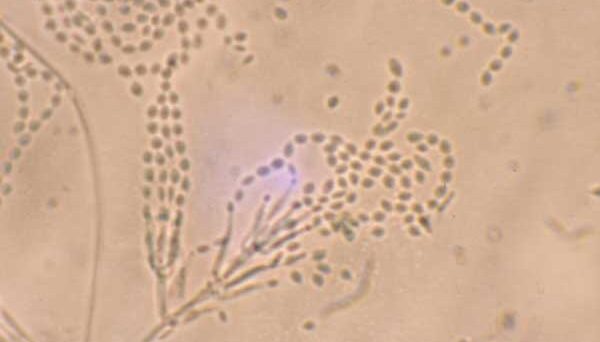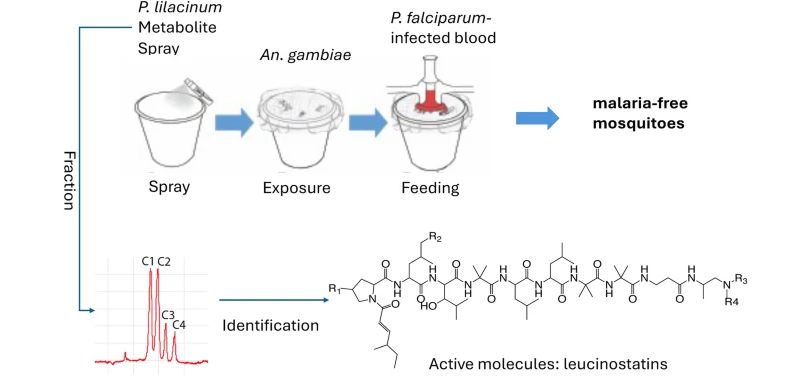
Fungi play an important role in our natural ecosystem, and their future importance and impact (for good or bad) in our changing world should not be underestimated. On the one hand, the WHO published its first ever fungal priority pathogen list in 2023, as more and more fungi are emerging as human pathogens. Whilst on the other, we are discovering further uses of fungi to solve some of our global problems. For example, entomopathogenic fungi can be used to control insects, particularly disease vectors such as mosquitoes.
Unlike with humans, fungal diseases are common in insects, as fungi do not face the temperature barrier they would in mammalian bodies. And, with the emergence and prevalence of insecticide resistance, we are turning to fungi for mosquito control solutions. In their 2004 review article in Journal of Insect Science, Ernst-Jan Scholte and colleagues established a set of ideals for entomopathogenic fungal candidates that I have summarised:
- Able to kill both larval and adult stages.
- Need one or few applications per season, and be persistent in the mosquito population.
- Spreadable by female mosquitoes to different breeding sites.
- Kills the targeted mosquitoes and no other organisms.
- Is effective under a wide range of environmental conditions.
- Cost-effective to produce and use.
- Effective even after long storage.
This is a challenging list of ideals, but what if the fungi (or a compound they produced) can act on the parasite directly, and stop it from being transmitted to mosquitoes? This is where more recent research seems to be focusing.
In 2021, Guodong Niu and colleagues isolated a compound called Pulixin from an extract of the fungus Purpureocillium lilacinum that inhibited the malaria parasite from binding to the mosquito (by targeting the FREP1-mediated malaria transmission pathway). They proposed that: “Such compounds can be administered to malaria patients or be sprayed outdoors, indoors, or on bed nets.” Although, at the time of writing, the molecular mechanism by which Pulixin worked was unknown, so more research needs to be done before it can be utilised safely.
In their very recent paper in Parasites & Vectors, Guodong Niu and colleagues, used a similar screening method to identify four new molecules from the same fungus that could have the potential to inhibit parasite transmission: leucinostatin A, B, A2, and B2. Leucinostatins are fungal secondary metabolites and are known to have antibiotic properties.

The team tested the inhibitory effects of an extract from the fungus – that contained all four compounds – on malaria transmissibility, and then proceeded to test fractions of the extract to show that it was indeed these four active compounds that were responsible for inhibiting the transmission of the parasite to mosquitoes.
The team went on to test the inhibitory effects of leucinostatin A alone on:
- The blood stage parasite.
- Gametocyte viability.
- Parasites in the midgut during feeding.
- Sporozoites in the mosquito salivary glands.
Leucinostatin A inhibited the asexual development of the parasite in the blood, almost completely limited gametocyte development and significantly reduced the transmissibility of the parasite in feeding mosquitoes. Leucinostatin A also reduced the number of sporozoites in the mosquito salivary glands by 66 to 90%. However, the compound did not inhibit oocyst development in the midgut of mosquitoes once they had formed.
Finally, leucinostatin A outperformed established antimalarial drugs such as primaquine, artemisinin, methylene blue, artesunate and sulfadoxine in limiting transmission of the parasite, with the exception of atovaquone which has a similar potency.
The fungal compound leucinostatin A is an attractive solution to malaria control, as they are non-toxic to humans, appear in these early tests to significantly reduce malaria transmission and can be produced relatively cheaply. However, there needs to be a lot more testing of these compounds before they could be used outside of the lab.

Comments